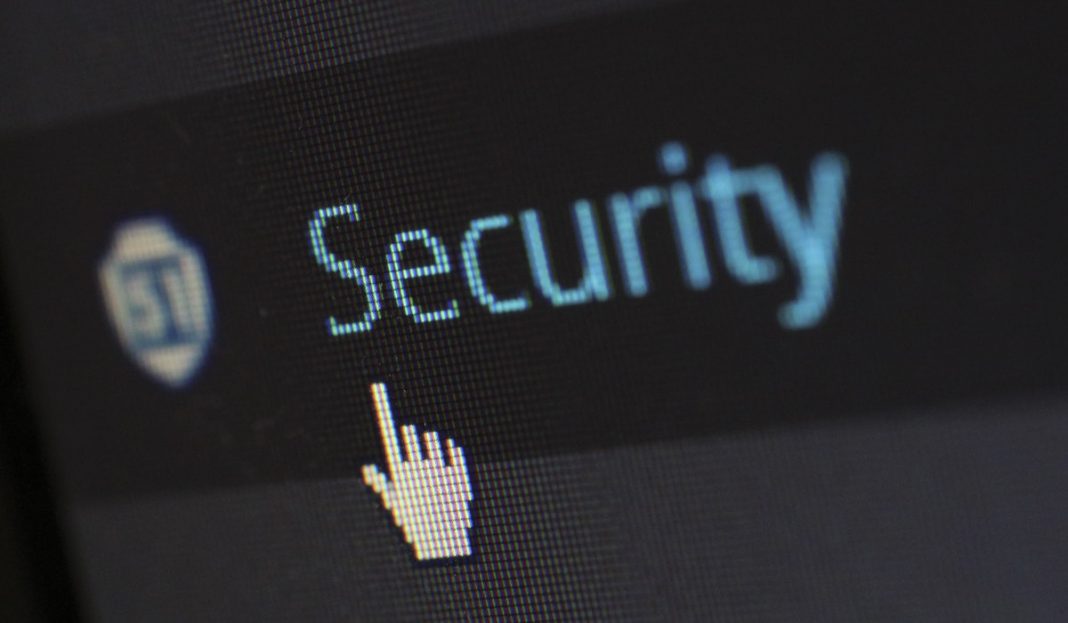Today’s digital world is full of new and innovative ways to stay connected. More businesses are using online tools to streamline operations, increase efficiency, and provide more services directly to customers. The increased technology adoption has made security an even more critical part of keeping sensitive information safe. Companies have responded by investing in some of these new technologies that can help maintain a secure network with less risk of cyber-attacks or data breaches.
Authentication and Encryption
Authentication ensures that you are who you say you are as a user. You can use it in various situations, such as logging in to computers or gaining access to specific networks. You can’t proceed with your activities if it cannot verify your identity. One of the biggest security improvements companies make is enhancing authentication with better encryption. It can help prevent data breaches by making digital information unreadable or indecipherable to hackers. Correct use of encryption makes it almost impossible to hack. When it’s paired with authentication, it’s even more secure. Strong authentication can be achieved through biometrics, such as fingerprint or retinal scanning. It is more secure than using passwords or security questions, as biometric data is unique to individuals and can’t be guessed or compromised by others.
Network Monitoring and Detection
Network monitoring and detection is a technology used for monitoring computer networks for signs of malicious activity. This can include detecting unauthorized access to company servers or attempts to hack sensitive data. A network intrusion detection system (NIDS) is a computer system that monitors networks for signs of malicious activity and alerts administrators when it’s detected. An intrusion prevention system (IPS) is a similar system that can also take action to block malicious activity. Network monitoring tools can help identify suspicious activity by finding information that shouldn’t be in specific company databases, logins that don’t look normal, or identifying attempts to hack into the network.
Cloud Infrastructure Protection
Cloud computing is an increasingly popular way organizations manage their computing needs. It allows companies to outsource parts of their operations to remote servers to decrease costs and improve efficiency. Although cloud services are convenient, they also have the potential to create serious security risks. Organizations can protect their sensitive data by choosing a cloud provider with solid security practices. Cloud service providers (CSPs) with strong security practices can help protect data from being stolen or accessed by others. They may also be able to help manage security issues such as compliance with federal regulations. Cloud providers certified under the Federal Risk and Authorization Management Program (FedRAMP) are incredibly reliable. They undergo a rigorous and thorough certification process to demonstrate their commitment to best practices for data security and privacy.
Biometric Identification and Access
Biometric devices or sensors can identify people based on their unique physical characteristics. It’s commonly used to identify employees who need access to certain computer systems or networks. You can use biometric sensors and technologies such as a fingerprint time clock for much more than just access control. You can use these technologies to verify a person’s identity in various situations, such as signing documents, approving financial transactions, and accessing sensitive data. Biometric sensors are more secure than using usernames and passwords. It can be a compromise if someone uses another person’s username or password to access a system. But biometric sensors can’t be compromised because they only work for one person.
Virtual Reality Security
VR equipment has been used for many years for entertainment and training purposes. Technology has become more affordable and accessible to small businesses. It’s now possible to purchase VR equipment that is powerful enough to be used for security purposes. You can use VR training to help your employees learn how to respond to potential security threats and hazards. It’s also helpful in training new employees about company operations. You can use VR trainers to train people in dangerous work environments that aren’t safe for real-world training. You can also use it for security monitoring to monitor areas where it wouldn’t be safe or possible for humans to be present physically. This could include checking for signs of illegal activity inside secure facilities or around critical infrastructure like power plants.
Conclusion
New technologies are constantly emerging that promise better security for your business. However, it’s important to remember that no single technology can provide complete protection single-handedly. The best approach is to use various tools and technologies to strengthen security. A comprehensive security strategy that includes multiple new technologies can help keep your company protected from cyber-attacks and data breaches.

